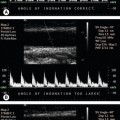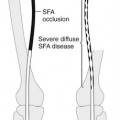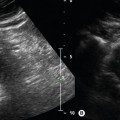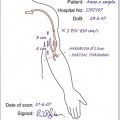1 Introduction
Since the first edition of this book there have been significant developments in ultrasound technology, magnetic resonance angiography (MRA), and computed tomographic angiography (CTA) scanning. The latest generation of duplex systems produces higher-resolution images, with the availability of techniques such as harmonic imaging and compound imaging. The images produced by MRA can be visually stunning, and it has been suggested that MRA and spiral CT may replace duplex investigations in the future. However, duplex scanning still has many advantages. Apart from improvements in image resolution, it is the ability to visualize flow in real time, make quantitative measurements of blood velocity, and detect flow direction that will insure duplex scanning will remain an important imaging technique for the foreseeable future. Ultrasound imaging remains a relatively inexpensive imaging modality. For instance, it is not cost-effective to screen patients for aortic aneurysm or carotid artery disease with MRA. The low risk associated with ultrasound makes it suitable for regular posttreatment follow-up. However, MRA or CT scanning is essential for planning endovascular repair of an aortic aneurysm.
Stay updated, free articles. Join our Telegram channel

Full access? Get Clinical Tree








